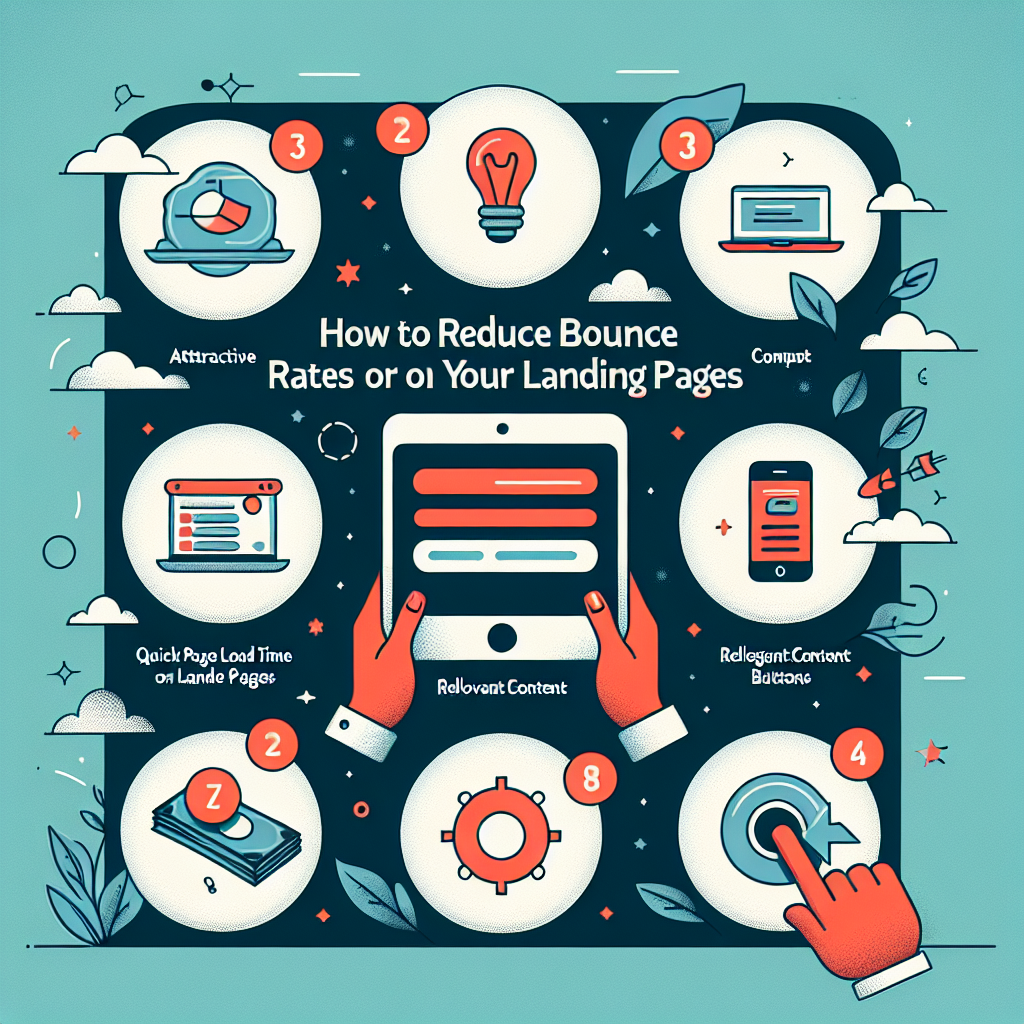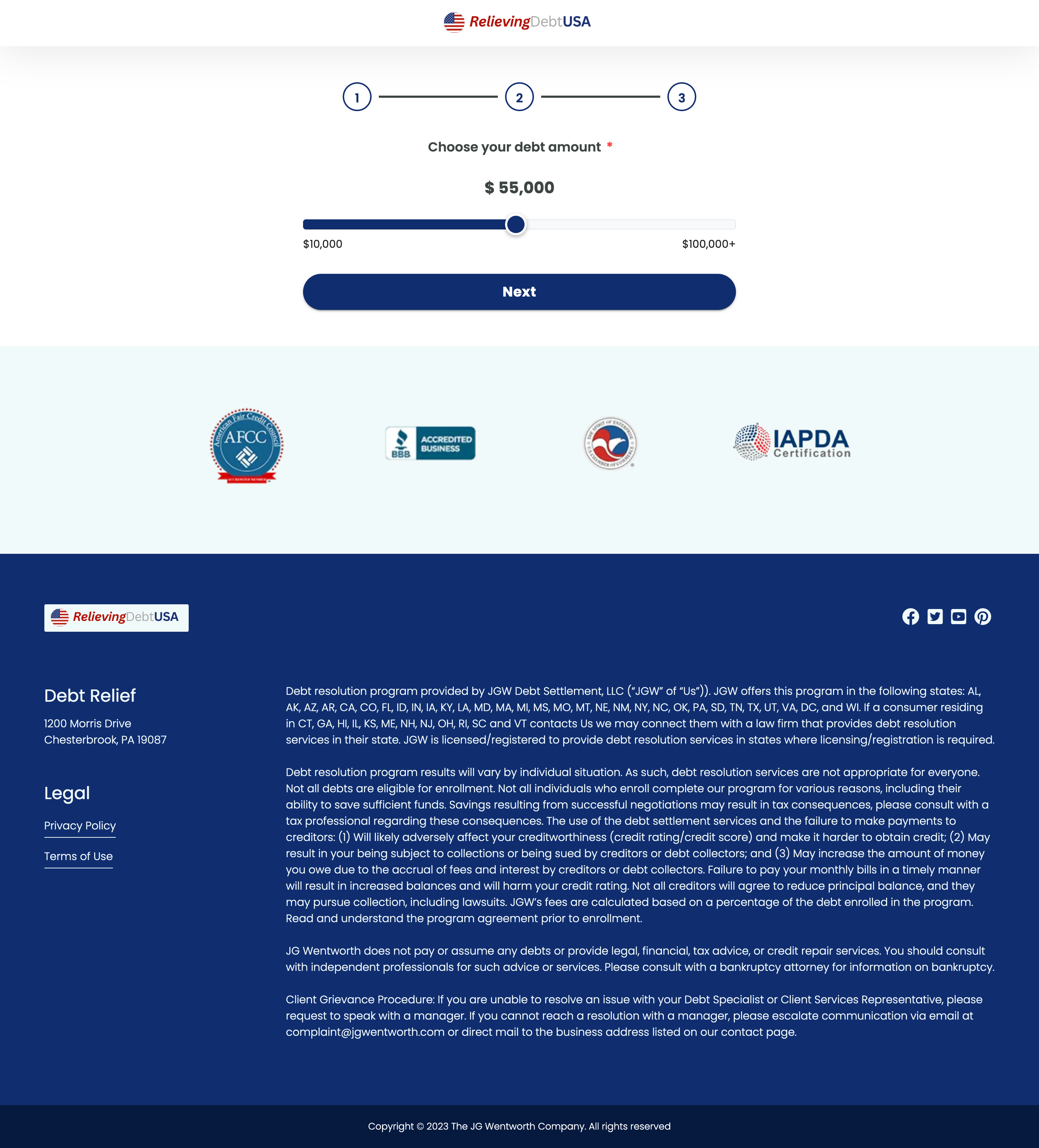How to Reduce Bounce Rates on Your Landing Pages
High bounce rates can be detrimental to your online success, indicating that visitors leave your site without engaging or converting. This article guides you through effective strategies to reduce bounce rates and improve the performance of your landing pages.
Table of Contents
- Understanding Bounce Rate
- Importance of a Low Bounce Rate
- Design and Usability
- Content Relevance
- Loading Speed
- Mobile Optimization
- Effective Call to Action (CTA)
- Testing and Analytics
- Conclusion
Understanding Bounce Rate
Bounce rate is a metric that represents the percentage of visitors who enter a site and then leave rather than continuing to view other pages within the same site. It plays a crucial role in understanding user engagement and overall site effectiveness.
Importance of a Low Bounce Rate
A low bounce rate indicates a healthy and engaging website. It usually correlates with higher conversion rates and successful marketing campaigns. Conversely, a high bounce rate suggests that the landing page does not resonate with visitors, necessitating improvement for better engagement.
Design and Usability
Visual Appeal
First impressions count. An aesthetically pleasing design can captivate visitors and encourage them to explore further. Use appropriate colors, fonts, and imagery to create a positive emotional response.
Navigation
Ensure your landing page has a clean, intuitive layout. Users should be able to find what they are looking for quickly and easily. A simple and coherent navigation structure keeps visitors engaged and reduces bounce rates.
User Experience (UX)
Focus on providing a seamless user experience. Elements like loading bars, progress indicators, and well-placed buttons enhance user experience, keeping engagement high and bounce rates low.
Content Relevance
Align Content with Audience Expectation
Meet the expectations of your visitors by ensuring your content is relevant and aligns with their search intent. Understand your audience’s needs and tailor your content accordingly.
Quality and Clarity
High-quality, clear content invites engagement. Use concise language, bullet points, and subheadings to break down information and make it digestible. Quality content keeps users intrigued and reduces bounces.
Loading Speed
Page loading speed is critical, as users are less likely to stay on a slow-loading page. Optimize images and minimize scripts to ensure your landing pages load quickly. A fast website makes for a better user experience, keeping bounce rates low.
Mobile Optimization
With mobile internet usage surpassing desktop, optimizing for mobile devices is essential. Use responsive design to ensure your landing pages render effectively on all devices, maintaining user engagement and minimizing bounce rates.
Effective Call to Action (CTA)
A well-placed and compelling CTA can encourage users to engage with your site. Use actionable language, contrasting colors, and strategic placement to capture attention and drive conversions.
Testing and Analytics
A/B Testing
Conduct A/B testing to determine which versions of your landing page perform best. Tweak elements like headlines, images, and CTAs based on testing insights to optimize performance and reduce bounce rates.
Use Analytics
Leverage analytics tools like Google Analytics to gain insights into user behavior. Understanding the data helps you identify problem areas and make informed decisions to improve your landing pages.
Conclusion
Reducing bounce rates involves an iterative process of design enhancements, content improvements, and strategic testing. By focusing on these key areas, you can significantly enhance the performance of your landing pages.
To further optimize your landing pages, consider using tools and extensions like the Landing Page Ripper Chrome extension. This tool allows you to effortlessly download and save landing page HTML and assets for offline use and analysis, ensuring you can always review and learn from the best practices in landing page design.









